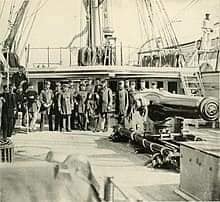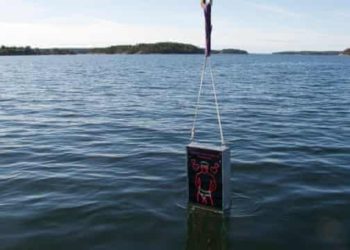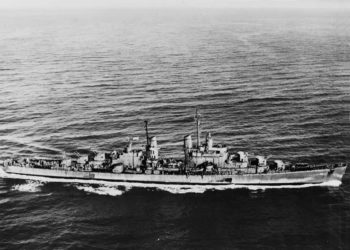CSS Alabama: Great Britain’s Gift to the Confederacy

Great Britain wasn’t a fan of the Confederacy’s love for slavery. Great Britain, however, was in love with cotton and therefore had economic ties with the Confederate States. So much so that at some point London flirted with the idea of recognising the Confederate States as a sovereign country.
It never happened. What happened, however, was that London allowed its shipyards to build blockade runners for the South. It also allowed its arms manufacturers to supply all sorts of weapons and military wares to the Confederacy. You see, 60% of the cotton harvested in the South ended up powering the mighty textile industry in Britain.

The Birth of CSS Alabama
In 1862, a ship bearing the shipyard number “0290” was built in Liverpool and launched as “Enrica”. She looked like a screw sloop of war and was designed as such, but she wasn’t carrying any guns, because of British neutrality law. Enrica sailed to the Azores where she was joined by two Confederate Navy ships. British guns and ammunition appeared out of nowhere (we kid you not!) and the Enrica was promptly renamed CSS Alabama!
CSS Alabama could sail under steam, under sail, or both. She was armed with 6×32 pounders and two pivot cannons: One rifled 100 pounder fore and one 68 pounder aft. She had a crew of 145 officers and men, she was capable of sailing at speeds up to 13 knots, and she was the Confederate Navy’s brand new commerce raider!
Raids and Impact
For the next two years, this British “gift” was the gift that kept on giving: Seven expeditionary raids from the South Pacific to New England and from the East Atlantic to the Indian Ocean and the Gulf of Mexico! CSS Alabama spent 534 days at sea over a period of 657 days! In that time, 450 vessels were boarded, 65 Union merchant ships were burned down, and 2,000 sailors were taken prisoner! All this without a single loss of life on either side.
On the 11th of June 1864, CSS Alabama arrived at Cherbourg, France. She was in need of repairs and refit. She also needed new supplies as her fuses and powder had been contaminated by her long sea voyage. Unfortunately for her, USS Kearsarge arrived on site, too.
The Final Battle
The Mohican class sloop of war was heavily armed: 2×11 inch guns, 4×32 pounders, and 1×30 pounder parrot rifle. She was also armored! Captain Semmes decided to go out with a bang and sailed CSS Alabama out of Cherbourg on the 19th of June to meet USS Kearsarge head-on.
The actual naval battle that ensued was intense but short-lived. CSS Alabama had twice the rate of fire of the USS Kearsarge. But its gunnery was inaccurate, its powder contaminated, and its shells seldom exploded on impact due to expired fuses. USS Kearsarge sailed better and produced a slower but more accurate gunnery display.
Within an hour, CSS Alabama was sinking. USS Kearsarge and a private British yacht proceeded to pick up the survivors. Captain Semmes and 41 surviving members of his crew were picked up by the British yacht that promptly sailed them back to England where they were free to meet up with other Confederate Navy crews and sail home, thus avoiding incarceration in a Union brig!
Aftermath and Apology
Obviously, the North wasn’t amused! It took 7 years for Great Britain to apologize to Washington for the destruction caused by CSS Alabama and pay $15,500,000 in damages. Despite this, London refused to admit guilt!
-RBM









